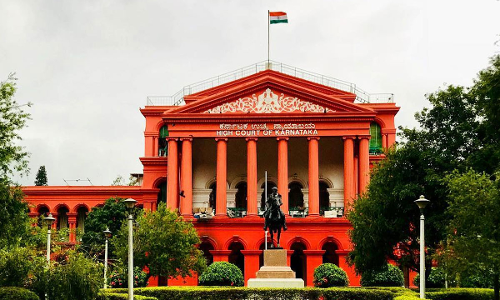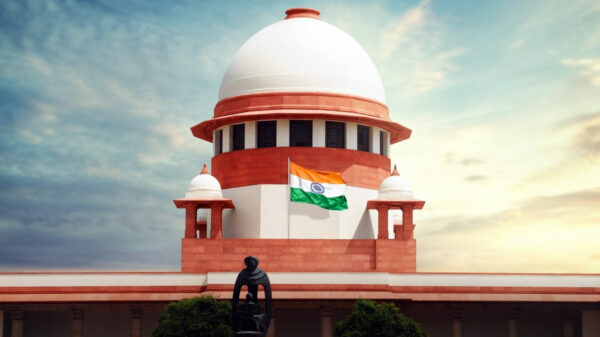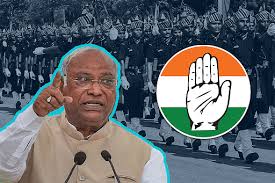Last Updated on July 31, 2021 by Administrator
Written By – Trisha
Social Movements are one of the major types of collective behaviour that is undertaken with the aim of bringing about social changes and ensuring that the demands of the group are fulfilled. Social Movements for various purposes have been historically prominent in India, gaining momentum over the years. One such long-running and successful social movement that gained recognition globally was the movement for a Separate Telangana State.
The state of Telangana was officially created and came into being as a separate state on June 2nd, 2014 as the then 29th state of the Union of India.
Telangana was a part of the erstwhile Hyderabad state until 1948 when the Nizam agreed to integrate the state with into the Indian Union. The region was further integrated with the Telugu speaking Andhra region which remained a part of the Madras Presidency until the reorganization of states in 1953. The States Reorganization Commission was established pursuant to the apprising in the Andhra region for a separate state in order to preserve the culture, language and traditions of the Telugu speaking population. There was opposition to a united Vishalandhra that came from the people belonging to the Telangana region as they believed that this union will oppress them. The leaders from coastal Andhra on the other hand strongly supported a united Vishalandhra. There were disputes that arose between the two groups and their supporters prior to the official reorganization of states. Eventually, the Andhra leaders were able to successful persuade the both, leaders of Telangana as well as the Central Government. Finally, on 1st November 1956, the state of Andhra Pradesh was formed after an agreement between the Andhra and Telangana leaders with a promise to provide safeguards.
However, the struggle for independent identity did not end with this decision. The people residing in the Telangana region and the leaders from that region wanted their own geographical, political, socio-economic and cultural identity that was distinct from the united state of Andhra Pradesh. Discrimination against the people of the Telangana region and suppression in certain regions of the state existed, further instigating the demand for a separate state. Various movements took place after 1956, with the demand for a separate state.
The people of Telangana felt that they were being looked down upon by the government and that the promises made before and after the agreement for a united state were broken. The Separate Telangana Movement 1969, once again picked up the issues and attempted to help the cause pick up momentum once again. The initial upheaval in 1968-69 resulted in the death of over 400 people a large percentage of which were students.
Ultimately, after a long struggle, in February of 2014, the Andhra Pradesh Reorganization Bill was passed by the parliament of India effectively forming the state of Telangana which now comprises of ten districts that were a part of North-west Andhra Pradesh.
REASONS FOR DISSATISFACTION
The Movement for a separate Telangana State was a multifaceted one. It focused on not only political and social issues but also economic, linguistic, cultural, education and occupation-based issues. In one way or another, the people belonging to this group were suppressed and almost reduced to the status of a second-rate citizen within their own region. Secondly, the resources of the region were incessantly exploited and invested towards the development of other regions of the state. The fruits of development were not equally shared.
The region also saw an increasing rate of farmers suicide as the agriculture sector faced a period of crisis. The poorer section of the society and educationally backward citizens of the state began to be oppressed and the suicide rates in other sectors also saw an increase. This included various weavers and artisans. There was also a gap in the implementation of various welfare schemes. The indigenous tribal groups of the region were another group of people who had lived in poor conditions. They were almost completely neglected. At the same time, a large number industries and industrial areas that were a part of the erstwhile Hyderabad state deteriorated and were forced to shut down.
The uprisings within the state also created a very unstable political scenario where successive chief ministers failed to serve their full term, many serving in the post for only a few months.
Additionally on the social front, the socio-economic, cultural, linguistic identity and the traditions of the people of Telangana were always disrupted and oppressed, constantly hurting the sentiments of the community at large.
CONCLUSION
Decades of struggle for a distinct socio-cultural and political identity as a separate state ultimately led to the formation of a new state for the Telangana region. Apart from the new state, the movement resulted in better access to the resources of the area to be used for the development of the new state. Educational facilities, job opportunities and distribution of resources among the previously suppressed classes improved rapidly. This social development has highly benefitted the Telangana population till date.




















